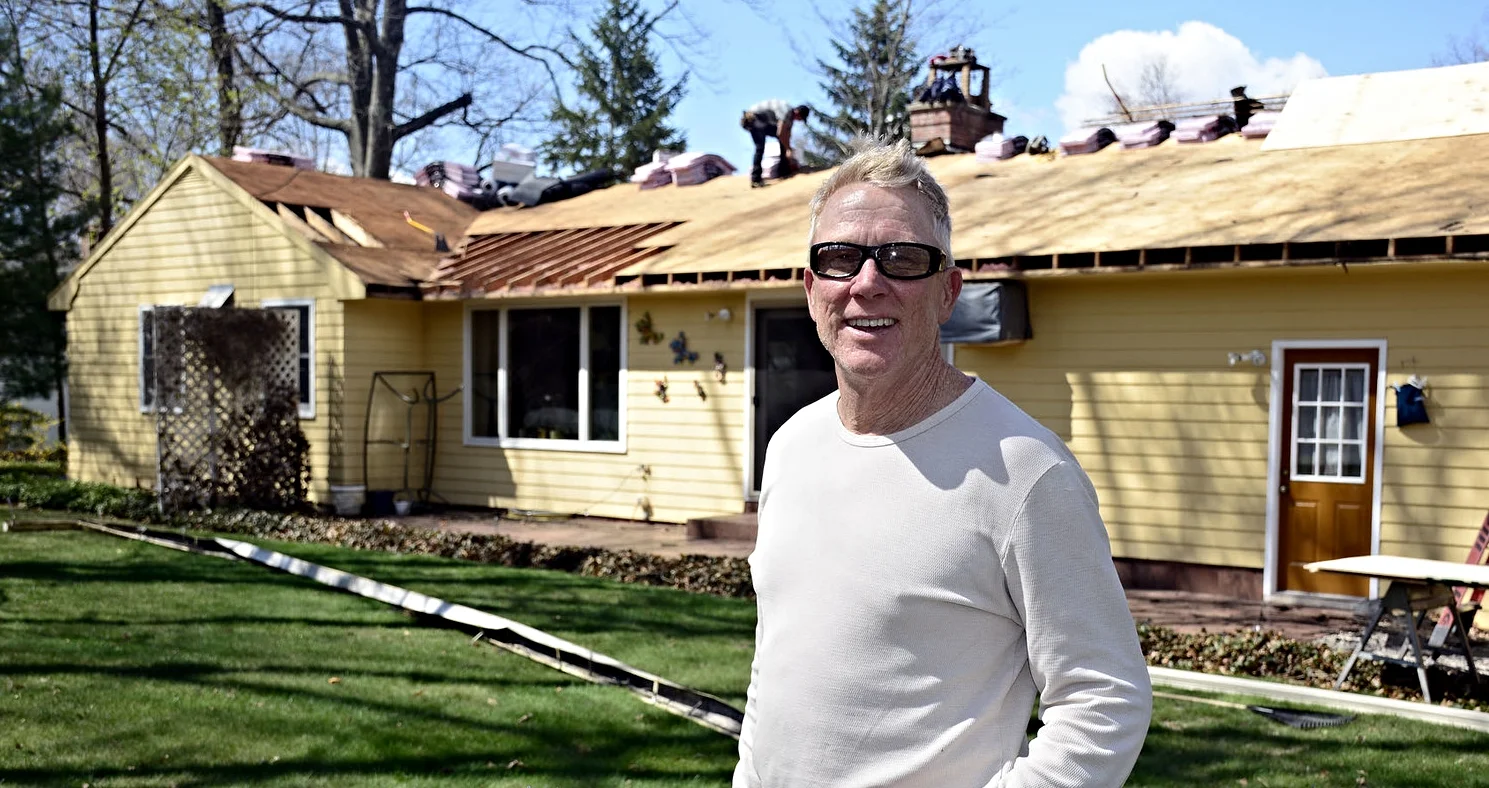Why Good Insulation is Key in the Summer Months
Chelsea O'Donnell
With a week of heat like the one we are having, homeowners with air conditioning have most certainly relied on its luxuries. But for all the comfort that cold air provides, running the A/C constantly over long periods of time can do a number on your energy bills. This is especially true if you live in a home with poor insulation.
Most people think about the benefits of insulation during the winter but the truth is that a well-insulated home will benefit you all year round. As many of us know from school science class, heat rises, which is why the top floor and attic are always warmer than the bottom floor of a house. When an attic has no insulation, it will become significantly hotter than the outside temperature. Go ahead and touch the ceiling. If it feels warm, you can just imagine what the temperature is like above it.
When your home doesn’t have enough insulation, those air conditioning units have to do double duty to regulate the temperature. Whether you have central air or window units, they are working overtime to keep you comfortable. All that extra effort gets reflected in your energy bills at the end of the month.
There are several places where a home can get a boost in the insulation department. The attic is the place for the biggest improvement because it has the largest square footage and sees the greatest temperature changes. It’s also a place in the home that we tend to ignore because we’re not in there very often. Insulation options run from blowing loose fiberglass under the floor to laying batts between the floor joists. There are pros and cons to each option and they depend on the size of the house, the clearance space, and what the attic is used for. No matter which way you go, a well-insulated attic is a pretty inexpensive home improvement and it will more than pay for itself in both energy costs and overall resale value.
In addition to the attic, ensuring that windows and doors are free of gaps and holes will help to keep your cold air inside. Check your door sweeps to see if they need replacing and seal any windows with caulk or sealing tape. Again, this is going to benefit your home both now and in the winter when you’re trying to keep the warm air in.
Finally, for those of you with window A/C units, be sure to insulate around them. You can do this simply by using a flexible foam to get a good seal on the top and bottom of the unit. Also, those side curtains aren’t there for nothing. Make sure they are tight fitting and screwed in. They are there to help anchor the unit and keep the sides nice and secure. A window A/C that’s dropped in with no insulation is effectively only running at half power since so much of the cold air goes right back outside, so it’s worth taking the extra steps to do it right.
Bob O’Donnell is the owner of O’Donnell Bros. Inc., a Bristol-based home improvement company established in 1975. Email your questions for Bob to info@odonnellbros.com with the subject line “Ask the Pro.” All questions may be considered for publication. To contact Bob for your remodeling needs, call O’Donnell Bros. Inc. at (860) 589-5155 or visit http://www.odonnellbros.com. Advice is for guidance only.
